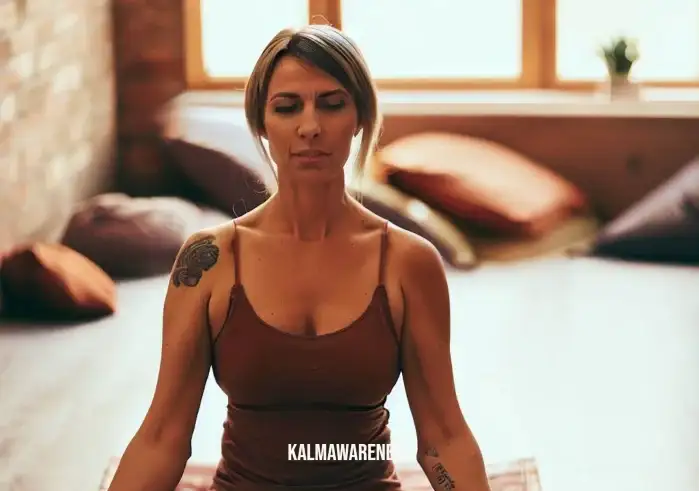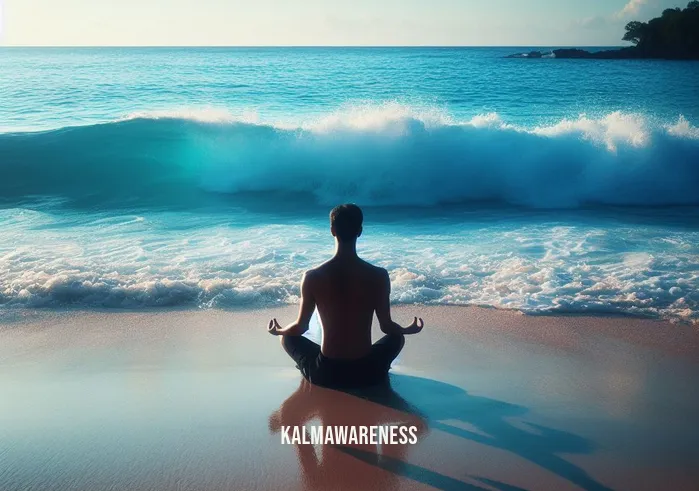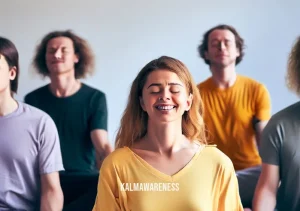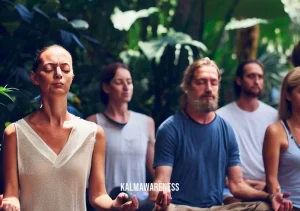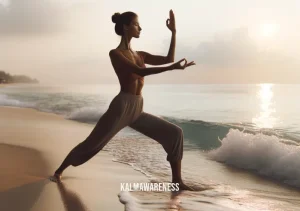Yoga Pose: Yin Yoga Butterfly Pose
Meta Title: Discover the Yin Yoga Butterfly Pose for Deep Relaxation
| Pose Name | Yin Yoga Butterfly Pose |
|---|---|
| Original Name | Baddha Konasana |
| Difficulty Level | Beginner to Intermediate |
| Pose Category | Seated Yoga Pose |
| Exercise Duration | Hold for 3-5 minutes |
When it comes to finding peace, relaxation, and a sense of inner harmony, the Yin Yoga Butterfly Pose, also known as Baddha Konasana, offers a gentle and rejuvenating experience. This seated yoga pose is particularly beneficial for releasing tension in the hips, groins, and lower back. In this article, we will explore the step-by-step instructions for practicing this pose, along with its duration and variations.
Step 1: Find a comfortable space and sit on your yoga mat with a straight spine.
Step 2: Extend your legs in front of you and take a moment to relax and center yourself.
Step 3: Bend your knees and bring the soles of your feet together, allowing your knees to fall outward to the sides.
Step 4: Place your hands on your feet or ankles, gently pressing them down to deepen the stretch.
Step 5: Engage your core and lengthen your spine, feeling the gentle opening in your hips and groins.
Step 6: If you feel any strain or discomfort in your knees, you can place blocks or folded blankets under your thighs for support.
Step 7: Close your eyes and take slow, deep breaths, allowing yourself to sink deeper into the pose with each exhale.
Step 8: Hold the Yin Yoga Butterfly Pose for 3 to 5 minutes, focusing on your breath and embracing the sensations in your body.

Yin Yoga Butterfly Pose: Benefits, Modifications, and Variations
Welcome to the second part of our comprehensive guide to the Yin Yoga Butterfly Pose, also known as Baddha Konasana. In this chapter, we will explore the myriad benefits of this pose, discuss who can benefit from it, and offer variations for practitioners of different experience levels.
Benefits of Yin Yoga Butterfly Pose
- Hip Opening: The Yin Yoga Butterfly Pose provides a deep stretch to the hips, helping to release tension and tightness in this area. It can be particularly beneficial for individuals who sit for long periods or engage in activities that strain the hip flexors.
- Groin Release: By gently pressing the knees down in this pose, you stimulate the adductor muscles, promoting flexibility and suppleness in the groin area.
- Lower Back Relief: The gentle forward fold in the Yin Yoga Butterfly Pose helps to alleviate lower back pain and discomfort, making it an excellent pose for individuals with sedentary lifestyles or those who experience tightness in the lumbar region.
- Relaxation and Stress Relief: This pose has a calming effect on the nervous system, helping to reduce stress and anxiety. The slow, deep breaths taken during the pose encourage a state of relaxation and inner peace.
- Energy Flow: The Yin Yoga Butterfly Pose stimulates the flow of energy, or prana, throughout the body, promoting balance and vitality.
Who Should Avoid the Pose
While the Yin Yoga Butterfly Pose offers numerous benefits, it is important to note that certain individuals should avoid or modify this pose to prevent discomfort or injury. If you have any of the following conditions, please consult with a qualified yoga instructor or healthcare professional before attempting this pose:
- Knee Injuries: Individuals with knee injuries, such as sprains or strains, should exercise caution when practicing this pose. Consider using props, such as bolsters or blankets, to support the knees and minimize strain.
- Hip or Groin Inflammation: If you have acute inflammation or pain in the hips or groin area, it is advisable to avoid this pose or modify it to a more comfortable position.
- Pregnancy: Pregnant individuals should approach this pose with caution, especially in the later stages of pregnancy. Modify the pose by using props to support the knees and maintain a comfortable position.
- Recent Abdominal Surgery: If you have undergone abdominal surgery recently, it is best to avoid this pose until you have fully healed and received clearance from your healthcare provider.
Variations for Different Experience Levels
The Yin Yoga Butterfly Pose can be modified to accommodate practitioners of varying experience levels. Here are a few variations that you can explore:
- Supported Butterfly Pose: Place a bolster or folded blanket under your sitting bones to provide additional support and height. This variation is ideal for beginners or individuals with limited flexibility.
- Dynamic Butterfly Pose: Instead of holding the pose statically, gently flap your legs up and down, resembling the movement of butterfly wings. This variation adds a dynamic element to the pose and helps to increase circulation in the hips and groins.
- Forward Fold: For practitioners with more flexibility, fold forward from the hips, extending your arms in front of you and resting your forehead on a block or bolster. This variation intensifies the stretch in the hips and hamstrings.
Remember to listen to your body and honor its limitations. With regular practice and patience, you will gradually experience increased flexibility and comfort in the Yin Yoga Butterfly Pose.
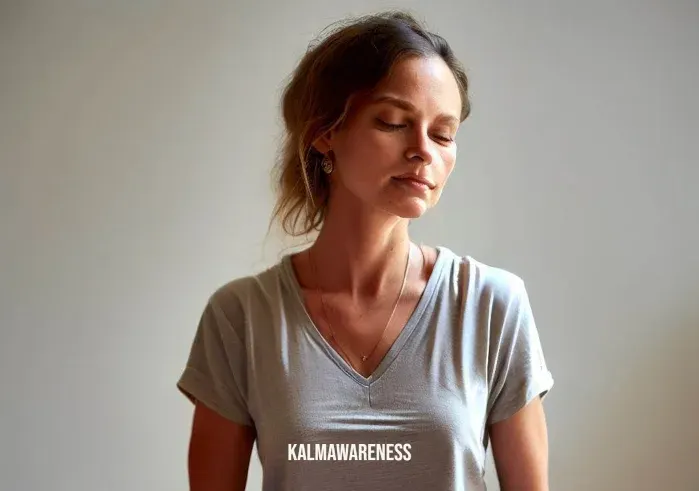
The Yin Yoga Butterfly Pose: Unveiling Its History, Spiritual Significance, and Tips for Optimal Practice
Welcome to the final part of our comprehensive guide to the Yin Yoga Butterfly Pose, also known as Baddha Konasana. In this chapter, we will embark on a journey to discover the history behind this pose, explore its spiritual significance, provide valuable tips for getting the most out of your practice, highlight common mistakes to avoid, suggest modifications for individuals with injuries or limited flexibility, and unveil poses that complement the Yin Yoga Butterfly Pose.
The History of Yin Yoga Butterfly Pose
The origins of the Yin Yoga Butterfly Pose can be traced back to ancient hatha yoga traditions, where it was practiced as a preparation pose for deeper meditation and seated postures. Over time, this pose has become a prominent part of modern yoga practices, particularly in the context of Yin Yoga—a gentle and introspective style that focuses on long-held poses to target deep connective tissues.
The Spiritual Significance
Beyond its physical benefits, the Yin Yoga Butterfly Pose holds profound spiritual significance. This pose is believed to activate the Svadhisthana (sacral) chakra, which is associated with creativity, sensuality, and emotional balance. By opening the hips and groins, practitioners can access and stimulate the energy within this chakra, fostering a deeper connection with their emotions, intuition, and innate creative potential.
Tips for Getting the Most Out of Your Practice
To enhance your experience in the Yin Yoga Butterfly Pose, consider the following tips:
- Mindful Breathing: Throughout the pose, maintain a steady and mindful breath, inhaling deeply to invite relaxation and exhaling fully to release tension.
- Gentle Activation: Engage the muscles of the pelvic floor and lower abdomen to support the posture, but avoid excessive tension or strain.
- Gradual Progression: If you are new to this pose or have limited flexibility, remember that progress takes time. Start with shorter holds and gradually increase the duration as your body becomes more accustomed to the pose.
- Comfortable Props: Utilize props such as bolsters, blankets, or yoga blocks to support the knees and maintain a comfortable position throughout the pose.
- Mind-Body Connection: Cultivate an inward focus during the pose, bringing awareness to the physical sensations, emotions, and thoughts that arise. Use this time for introspection and self-reflection.
Common Mistakes to Avoid
To ensure a safe and effective practice, be mindful of the following common mistakes:
- Forcing the Knees: Avoid excessive pressure on the knees by gently encouraging them to open without forcing them down. Listen to your body’s limits and respect your individual range of motion.
- Rounding the Spine: Maintain an upright and lengthened spine throughout the pose. Avoid rounding or hunching the back, as it can place unnecessary strain on the lower back.
- Neglecting Alignment: Pay attention to the alignment of your feet, ankles, and knees. Keep the weight evenly distributed across both sitting bones for optimal balance and stability.
Modifications for Individuals with Injuries or Limited Flexibility
For individuals with injuries or limited flexibility, modifications can ensure a safe and accessible practice:
- Elevated Support: If sitting on the floor is uncomfortable, sit on a folded blanket or bolster to alleviate strain on the hips and lower back.
- Bolster Support: Place bolsters or blankets under the knees to provide additional support and reduce strain on the hip joints.
- Use of Props: Utilize props to modify the depth of the forward fold. Place blocks or blankets under the forehead for support, allowing for a more relaxed and gentle stretch.
Complementary Poses
To further enhance your yoga practice and build upon the benefits of the Yin Yoga Butterfly Pose, consider incorporating the following complementary poses:
- Seated Forward Fold (Paschimottanasana): This pose stretches the entire back body, including the hamstrings, calves, and spine, complementing the hip-opening effects of the Yin Yoga Butterfly Pose.
- Reclining Bound Angle Pose (Supta Baddha Konasana): This gentle reclining pose provides a passive stretch to the hips and groin area, promoting relaxation and inner surrender.
- Child’s Pose (Balasana): Balasana gently stretches the lower back and hips while providing a grounding and restorative posture for moments of introspection and release.
